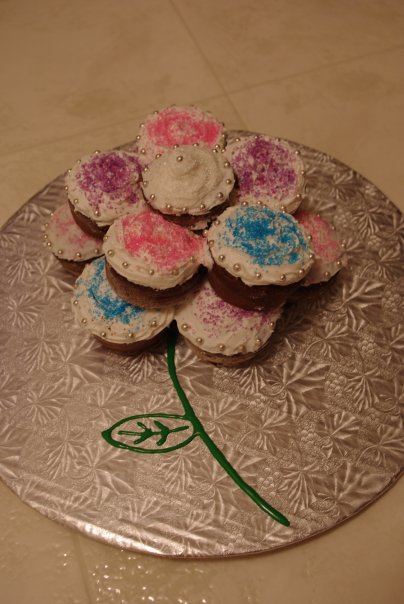I woke up early on the third day, feeling refreshed and satisfied. I was still full from gorging myself on bread the night before. I rubbed my eyes and at up. The cave was cool, and the first hints of sunlight weren’t carrying any heat with them. It was comfortable, though. I stayed there for a while, reflecting on the trials of the two days before, and felt the accomplishment of surviving in such a barren environment lift the weight of dread from me. Today would be another trial, but I felt satisfaction in knowing that I would at least be able to sustain my life long enough to find… well, anything.
Given the situation I was in, I’d be overjoyed to find anything that wasn’t dirt or grass. Or trying to eat me. That was a big one too.
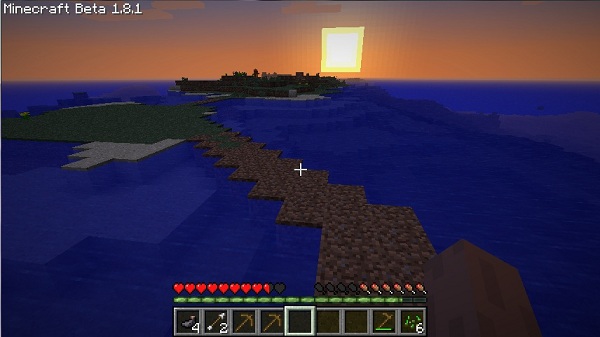
I got up a while later, my strength not yet completely renewed, but enough to get me moving about. I spent the dawn using dirt I’d excavated from the cave making a simple bridge from Home Base to Gemini. Another wonder of this land was that apparently gravity wasn’t too keen on keeping everything weighted down. Forming a dirt bridge over the bottomless (as far as I cared) ocean shouldn’t have been as easy as it was. It felt strange that the dirt wasn’t breaking away and sinking once I packed it out so far, but it stuck nicely. Even my weight didn’t cause it to collapse. I really haven’t got a clue why I keep questioning these physically impossible things when they’re making life considerably easier for me.
On the shores of Gemini, I discovered that sand did not pack as well as dirt. I tried welling some of it up to finish the end of the bridge, but it simply broke away from the earth and sank into the blackness of the ocean. Learning the rules of this place might take a few more days.
I was too busy to notice at first, but on the far end of Gemini, another figure had appeared! It was simply standing still, but burning steadily like the figure I’d seen the previous morning. The being once again toppled over and vanished without a trace, but this time I was within distance to hear a bone-chilling moan escape from the thing before it succumbed to the flame. Because this phenomenon was an almost perfect recreation of the event I’d witnessed the day before, I felt it was only logical to assume that I might find another arrow where the humanoid had stood. My expectations were subverted yet again when I found not an arrow, but chunks of meat laying about the grass.
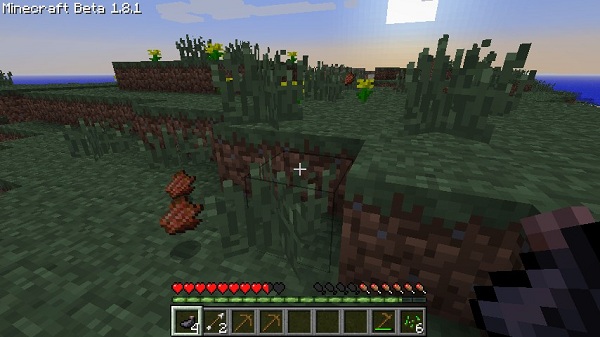
The meat itself was nothing to celebrate, unfortunately. Even from a few yards away, I could see that it’s colour was not that of something that I should be eating. On a lucky chance, the wind was blowing east that day, and the meat’s foul aroma wasn’t able to overtake my olfactory sense until I was right on top of it. The flesh reeked, making very sure that I didn’t immediately stuff it down my gullet. Not that I was even considering downing uncooked meat at the time, but the stench cemented the fact that this was not going to make a tasty topping for my otherwise uninteresting bread. In hindsight I can’t explain exactly why I did it -maybe it was the compulsion to collect everything that could be even remotely useful- but I stuffed the funky fare into my pockets. Not the smartest thing I did that day, but not the dumbest either.
As it turned out, I wasn’t having a great day as far as being observant goes. The whole while I was entranced by the malodorous meat, there was a strange green shape bobbing up and down over the east ridge of the island. I didn’t notice it until I was right next to the thing. When I did finally see it, I fell over in fright.
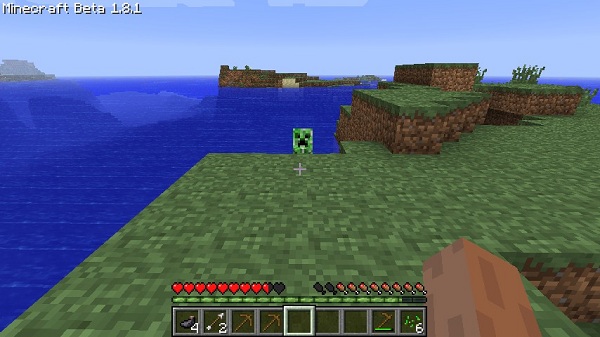
The shape was not just a shape. In fact, it was a horrible green head. The creature was bouncing up and down at the side of the island, unable to get up the sheer face of the land. This was a boon to me, as the creature was definitely not looking to make friends. Unlike the oversized spider, this beast was well and truly a monster. It’s eyes were hollow, the deepest black you’ll ever see, and peered straight into your soul. The thing’s gaze was very nearly paralyzing, and the only reason I was not completely frozen in fear is that I realized that the monster was too stupid to move a few feet to its right and ascend the glacis of the beach. The monster continued bouncing hopelessly against the wall, its mouth agape but uttering nary a sound.
I closed in on the odd creature, despite my better judgement, to get a better look at my would-be assailant. It’s skin was a splotchy green, almost vomit coloured, and not textured much differently. It looked at though the creature was covered in some manner of boils, its flesh uneven and bulging all over. The thing was only slightly shorter than me, but it quickly became apparent why it could not climb over the small cliffside: the being was but a pillar of mass with four tiny legs protruding from the bottom. At this point I could tell that it wouldn’t be a threat from where it was, but its gaze never left me for a second, so I figured it would be prudent to try to “dismiss” my slow-witted stalker.
Carefully, I edged close enough to batter the thing, but before I could raise my fist, the thing began hissing strangely, almost like the sound of a fuse burning away. I backpedaled quickly, noticing that its skin had also started to bubble and glow. This monster was unlike anything I could recall, and I wasn’t sure how I should handle it. As I put distance between it and myself, the hissing stopped and its body returned to normal. I had no idea what to make of it, but I was sure that I’d need to extinguish it now. I quickly lunged at the monster, planting a fist right on its forehead. The blow knocked it back into the water, but the thing kept coming, still not displacing its gaze from me. I continued to wail on the thing, making sure to not get close long enough to activate its extra-creepy glowing state. Eventually, the beast hit the water and burst, leaving nothing but ripples in its wake.
I wasn’t sure what to think of this encounter, but it put the fright right back into me. If this was an example of the species’ common behaviors, these things were completely silent until they were essentially right next to you, and were laser-focused on doing whatever they do to their prey. Based on its actions and grotesque apprentice, I dubbed the vanquished monster “creeper.” I hoped it would be a long time before I saw another one.
Between the excitement and fear pulsing through my body, I had completely forgotten what my plan was for the day. Thinking back, I realized that I’d never really made an action plan beyond bridging the gap between Home Base and Gemini. Wary from the encounter, I trudged along to Tree Island, where I laid down in the grass and rested for a while, knowing that the swim to Hope wasn’t going to be much easier than the last time I made it.
Not starving certainly helped the trip, but my nerves were completely shot after the fight with the creeper. My arms and legs still felt wobbly after resting under the sun, and when I first jumped into the water, I sank a few feet before I could get my limbs to bring me to the surface. I pulled myself onto the shore and splayed out in the hot sand. I closed my eyes and focused my mind away from the ghastly creature.
The second attempt to swim to Hope went much better. Concentrating on the large island, I pulled myself across the water and collapsed on the beach. Being a genius, I’d forgotten to bring any bread with me this morning, and now when I reached for sustenance to renew my energy after the long swim, all I grasped was the awful meat.
Maybe it wasn’t as bad as it smelled. I took a bite out of the meat, and just about lost any bread that was still digesting in my stomach. The stuff didn’t taste as bad as it smelled, but not by much.
Polishing off the first hunk of the flesh, I decided that it was a really bad idea to keep eating the rotten substance, and hucked the other half into the ocean. Let the jellyfish deal with it. The jerks. I did feel a little more energetic now that there was something solid in my belly, but the sensation didn’t last long. Almost immediately my stomach cramped up and I fell over, curling up in agony. By some divine grace, the pain dissipated rather quickly, and I vowed never to eat any strange, smelly meat I found lying on an island ever again.
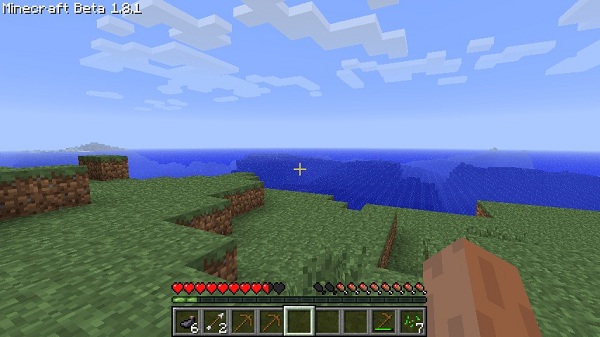
It wouldn’t be long before dusk approached, and I wasn’t exactly feeling up to going back out to Home Base. I picked up my hoe, tilled some soil by the western coast, and sowed what was left of my seeds. The plain bread now seemed like a delicacy in my mind. Looking out over the ocean, I spotted a considerably large mass of land off to the northeast, which didn’t seem any bigger than Hope, but it melted into the horizon, so I couldn’t tell how big it really was. All I knew is that it was a very long swim away, and that I was puzzled about how I didn’t notice it the day before. Chalk it up to hunger, I guess. To the east was a flat island that looked even more empty than the ones I’d been living on these last three days. This one was notably closer, and as such, even more mystifying in that I hadn’t seen it the previous day.
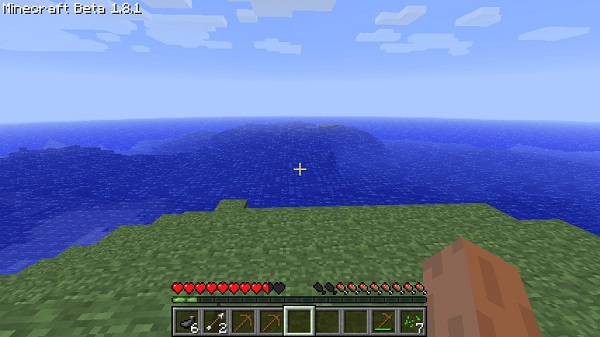
Feeling like things weren’t going to get better anytime soon, I began to excavate the northwest part of the island. I planned to build the dirt up into a small hut, so that I could leave the featureless Daisy Chain behind me, and operate from the much larger Hope. By the time I was done, the sun was partway into the ocean, and I was bushed. I’d set up a small workbench in my dirt fort, finding that my tools needed replacing fairly often. Apparently, wood is not the most durable material.
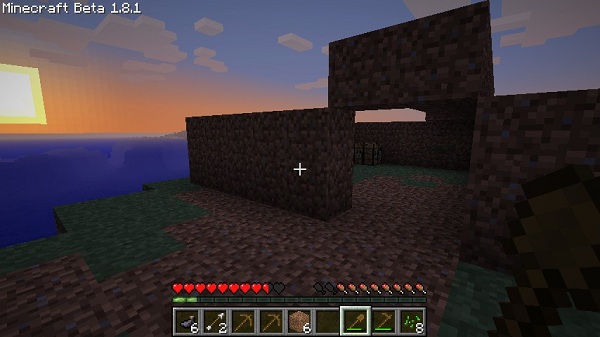
I left a small hole in the top of the hut, half worried that it would be my undoing if a wayward monster were to notice it. The hut itself was a good three meters tall, so I felt confident that unless there was a subspecies with wings, at least it was tall enough to repel creepers. The skylight did help to calm me though, as looking up at the stars as I drifted off to sleep was much nicer than the blackness of my den on Home Base.
Tomorrow, I promised myself, would be a better day.
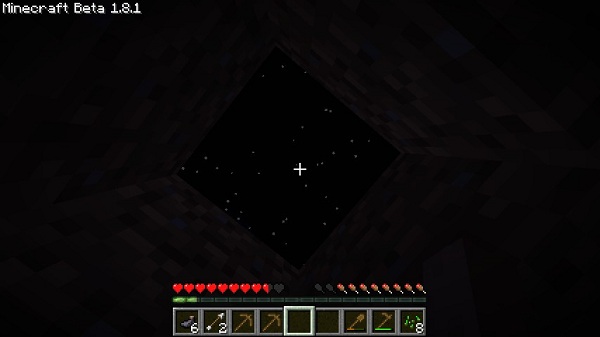

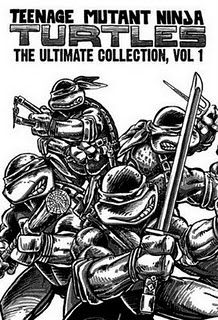 UPDATE – I just got an email from Chapters that’s going to make Novemeber even better. Way, way back in May or June or something I pre-ordered the Teenage Mutant Ninja Turtles: Ultimate Collection Volume 1 as a birthday present for myself (as it was due to release mid-September), which is a collection of the first seven original TMNT comics, plus a bonus Raphael issue. But then, less than a month before the shipping date, I got an email saying it was delayed to January 2012. Sucktastic. Today’s email however, says it has been un-delayed to November 22! Hooray!
UPDATE – I just got an email from Chapters that’s going to make Novemeber even better. Way, way back in May or June or something I pre-ordered the Teenage Mutant Ninja Turtles: Ultimate Collection Volume 1 as a birthday present for myself (as it was due to release mid-September), which is a collection of the first seven original TMNT comics, plus a bonus Raphael issue. But then, less than a month before the shipping date, I got an email saying it was delayed to January 2012. Sucktastic. Today’s email however, says it has been un-delayed to November 22! Hooray!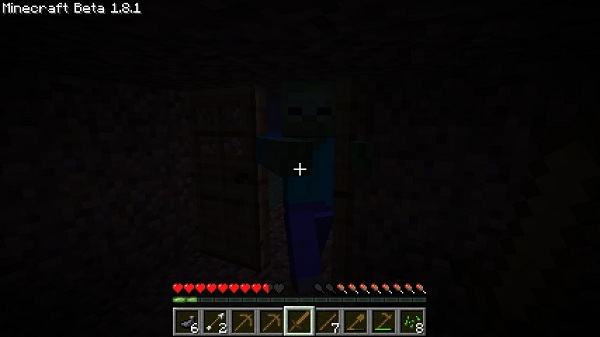
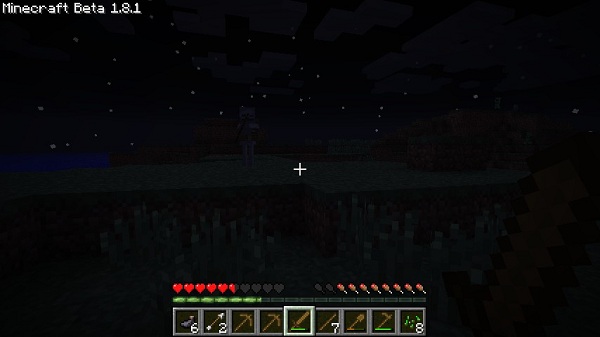
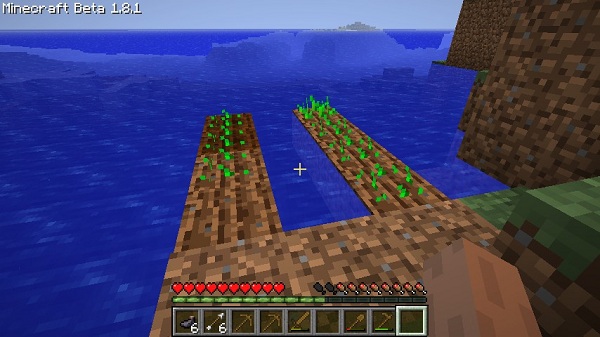
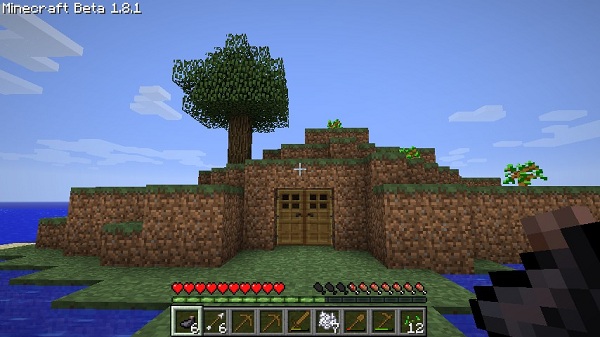
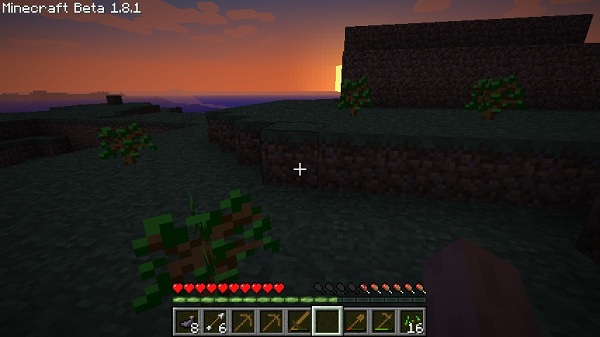
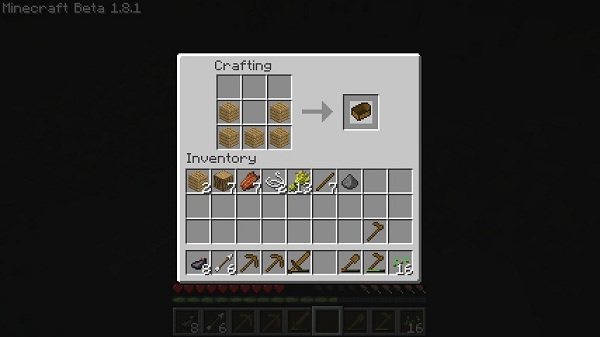
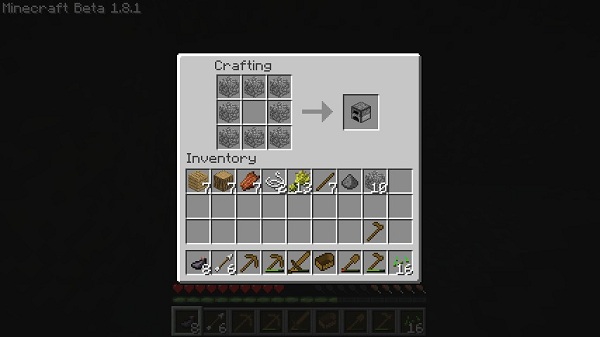
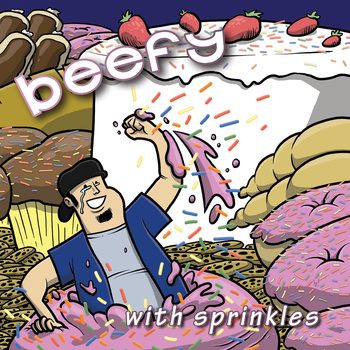 I’d like to think that the world would be a better place if nerdcore supplanted whatever garbage hip-hop they play on the radio these days, but Average Joe just doesn’t want to hop on the bandwagon. I don’t understand how people, especially nerdy people, can not be into nerdcore. It’s quite often smart and funny, and covers so many more themes than club-approved rap, which is always the same dumb thing. But whatever; different strokes I suppose. Me, I love the stuff. (Duh.)
I’d like to think that the world would be a better place if nerdcore supplanted whatever garbage hip-hop they play on the radio these days, but Average Joe just doesn’t want to hop on the bandwagon. I don’t understand how people, especially nerdy people, can not be into nerdcore. It’s quite often smart and funny, and covers so many more themes than club-approved rap, which is always the same dumb thing. But whatever; different strokes I suppose. Me, I love the stuff. (Duh.)
